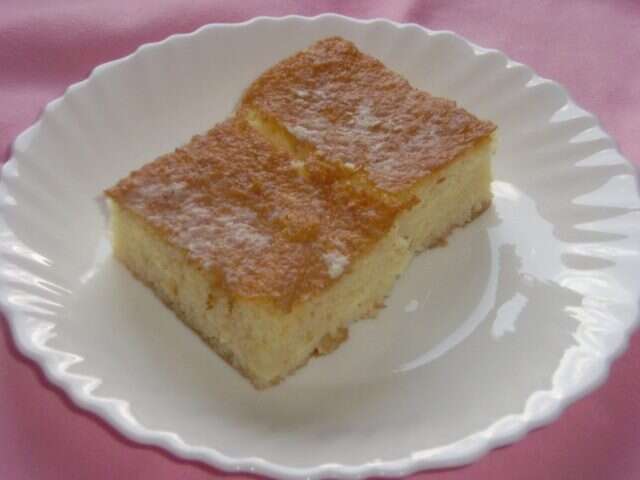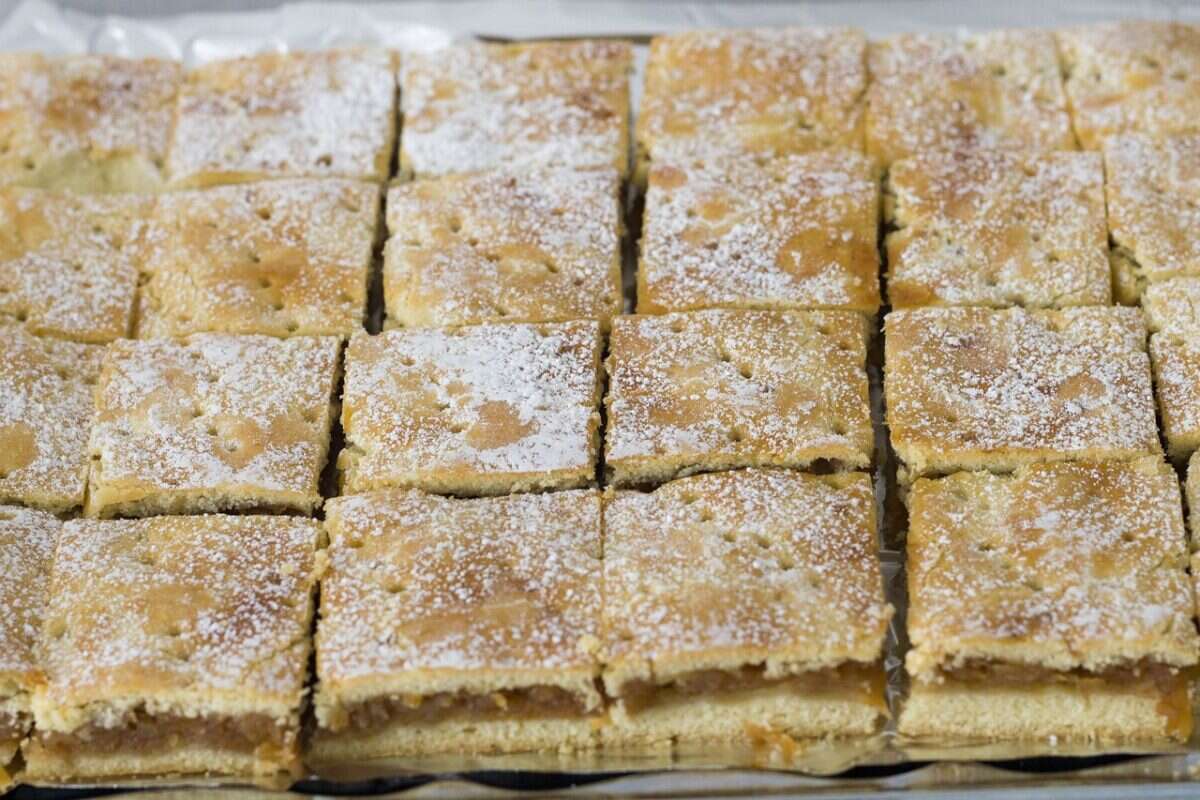Koch from semolina is an old recipe, easy to prepare. Children love it the most, but even the elderly will not refuse a plate of delicious home-made koh.
By the way, semolina is a food obtained by grinding wheat from the central part of the grain. It is characterized by a slightly yellow color, uniform granulation and high absorption power. It is a natural product, without the addition of additives and preservatives. It is used for feeding children and adults. This application is justified by its high nutritional value. Wheat semolina can be used as a base or addition to savory and sweet dishes.
Semolina koh, ingredients:
- 4 eggs
- 4 spoons of sugar
- 2 tablespoons flour
- 4 spoons of wheat semolina
- 750 ml milk
- 3 spoons of sugar
- 1 bag of vanilla sugar
Koch of semolina, preparation:
- Beat egg whites with 4 spoons of sugar, add egg yolks, then flour and semolina. Mix it up.
- Pour into a pan (20x30cm), greased or lined with baking paper.
- Bake for 15-20 minutes in an oven heated to 180 C.
- Heat the milk, 3 spoons of sugar and vanilla sugar (to dissolve the sugar) and pour over the baked crust.
- Cool and serve.
- Pleasant!
Recipe sent by Jelena Nikolić
In Germany, Austria, and in the Pannonian and Balkan countries, semolina is often mixed with eggs as an addition to soups and stews, and it can also be boiled with water or milk and sweetened and possibly sprinkled with chocolate. Cooked and sweetened in this way, it is usually served as breakfast.
Galaktobureko (Greek: galaktomboureko) is a traditional dessert of Greek cuisine. It is made from semolina (sometimes seasoned with lemon or orange) wrapped in a gibanica crust. The name Galaktobureko comes from two words, the Greek word gala (Greek γάλα), which means milk, and the word bureko, which comes from the Turkish word burek. In free translation, it can be translated as milk burek.
When cooked, semolina turns into a soft porridge. As such, it is popular in northwestern Europe and North America as a dessert, where it is cooked with milk and sweetened, called semolina pudding, often vanilla-flavored and served with marmalade. In Sweden, Estonia, Finland, Lithuania, Latvia, Poland and Russia it is eaten as a breakfast porridge, sometimes mixed with raisins and served with milk. In the Middle East, semolina is used to make desserts known as Harissa, Basbosa and Nammora.
In South India, semolina is used to prepare foods like Rava dosa and upma or delicacies like sheera. Sometimes, it is also used to deep-fry the fish, before frying it in oil, which gives the fish a crispy coating. In northern India it is used for sweets like Suji halwa. Semolina is also used to make dessert halva (Greece, Cyprus, Turkey, Iran, Pakistan and Arab countries), made of toasted semolina with sugar, butter, milk and pine nuts. In much of North Africa, durum semolina is used to make couscous.
In some cultures, semolina was served at funerals, during special ceremonies or as a religious offering. As an alternative to cornmeal, semolina can be used to “flour” baking surfaces and thus prevent food from sticking. Adding a small amount of durum semolina to the usual flour mixture during bread production produces a delicious crust.
Source: Wikipedia
READ: WHERE CAN I BUY THE BOOK TRADITIONAL RECIPES OF HOME SERBIAN CUISINE?
Read more:
The Recipes and Kuvar online portal is ranked among the TOP 50 websites in Serbia!
Don't miss a recipe - Recipes and cookbook online on Facebook. Stay tuned, follow the Recipes and Cookbook twitter notifications!







